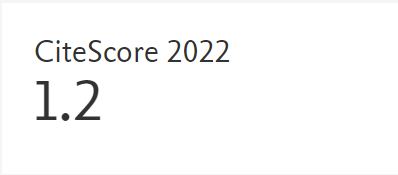Dehydration of bioethanol with both pure ionic liquids and an ionic liquid anchored to mesoporous silica: A comparative study
Resumen
Bioethanol is produced by the fermentation of different raw materials; anhydrous ethanol is used as biofuel. This article reports the study of the dehydration of bioethanol by breaking the azeotrope, using ionic liquids as entrainers. Three ionic liquids (LIs) [EMIM][Cl], [EMIM][OAc], and [BMIM][Cl] were tested as entrainers; the behavior of ternary mixes of bioethanol-water-LI were evaluated through the activity coefficients and the relative volatility of bioethanol at 80°C and atmospheric pressure. In this first study it was concluded that the [EMIM][Cl] was the most effective IL for dehydration purposes: bioethanol (93.45 % v/v) after three cycles of extraction was (99.20 % v/v) when a mass ratio bioethanol-IL of 0.55 was used.
Based on the first study, a composite was prepared by anchoring the LI 1-ethyl-(3-trimethoxysilil) propyl imidazolium chloride to mesoporous SiO2. The composite was characterized and it has been confirmed that there is a covalent bond between the IL and the matrix. The material was tested as dehydrating agent; results of these two studies were compared and showed that the pure ionic liquids could be used as entrainers in extractive distillations, breaking water-ethanol azeotrope, also showing the same ionic liquids able to be anchored to matrices as solid composites for dehydration, offering additional advantages such as selectivity, less time consuming, recyclability, and significantly diminishes (84%), the requirement for the amount of the IL.












